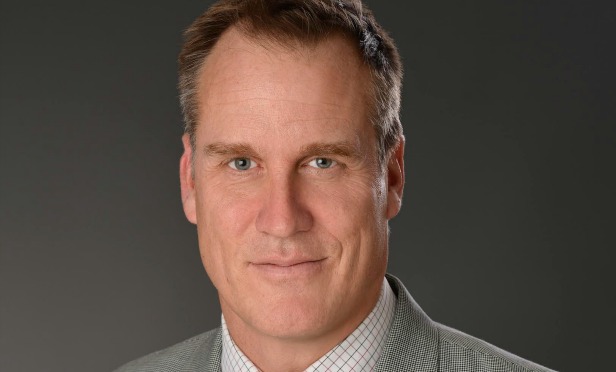 Nick Griffin is the SVP of economic development at the DCBID.
Nick Griffin is the SVP of economic development at the DCBID.
Multifamily and retail are carrying the renaissance in Downtown Los Angeles—and they are driving growth in other market sectors as a result. According to the latest quarterly report from the DCBID, multifamily occupancy grew 9.4%, up to 94% with rents up 4.1% to $3.06 per square foot and retail vacancy rates fell more than 14%, down to 4.1% with lease rates up 3.6% to $2.57 per square foot. These two asset classes faltered slightly in 2017, but have rebounded in 2018 and continued to fuel growth in the market overall.
“The multifamily sector has long been the engine behind all this growth and we expect this to continue through 2018 and beyond,” Nick Griffin, SVP of Economic Development for the DCBID, tells GlobeSt.com. “2017 was a watershed year in terms of number of deliveries and the market showcased an amazing ability to absorb them. Despite a temporary dip at the end of the year, caused by the simultaneous delivery of several projects, the DTLA apartment market rebounded in incredible fashion rising above 94% occupancy and at all-time high rental rates by the end of the second quarter. With such tremendous demand, we expect the rest of 2018 to be very strong.”
The retail market trends closely with the activity in the multifamily sector. In the second quarter, leasing activity was up 203% with 113,000 square feet of total absorption. “The DTLA retail market has generally tracked along fairly steadily with the success and growth of the residential sector,” says Griffin. “As more residents made their home here, retail has been quick to follow. We expect this continue. What we feel will define this market over the rest of the year is a continued diversification of the market. DTLA is now attracting major chains like Uniqlo and Nordstrom Local, who announced new stores at The Bloc this quarter, and Apple, which recently confirmed that it is opening a flagship store at the Tower Theater. This will be a tipping point event certain to cause a domino effect up and down Broadway, on what will undoubtedly be one of DTLA's prime retail corridors in the coming years.”
This activity plays an important role in fueling growth in the remainder of the market. The residential sector in particular has helped to shape the market and lure residents to plant roots downtown. In addition to the multifamily activity, condo sales prices have also increased by 23.7% to $654 per square foot. “Multifamily and retail have been the catalysts for DTLA's transformation, because it is these two sectors that truly shape a neighborhood, and a neighborhood is what creates a market,” says Griffin. “After post-war Los Angeles experienced its record suburbanization, DTLA was left abandoned by both its residents and the retailers who served them.”
In shaping the neighborhoods of the Downtown Renaissance, multifamily and retail have created an eco-system of growth, according to Griffin. “For far too long afterward, DTLA suffered from the chicken and egg syndrome: People weren't willing to live in DTLA if there were no amenities to sustain them; conversely, retailers weren't willing to commit to a market that had no market outside the weekday workers,” he explains. “Once the early adopters established a residential population, thanks to the adaptive reuse ordinance and some pioneering developers, the retailers followed. Once these sectors reached critical mass, investors, developers, and businesses followed. Today, there is such incredible momentum and interest in DTLA that it's not hard to see where the market is going. Thanks to its robust multifamily and retail sectors, DTLA is once again the heart of the city.”
© Touchpoint Markets, All Rights Reserved. Request academic re-use from www.copyright.com. All other uses, submit a request to [email protected]. For more inforrmation visit Asset & Logo Licensing.






